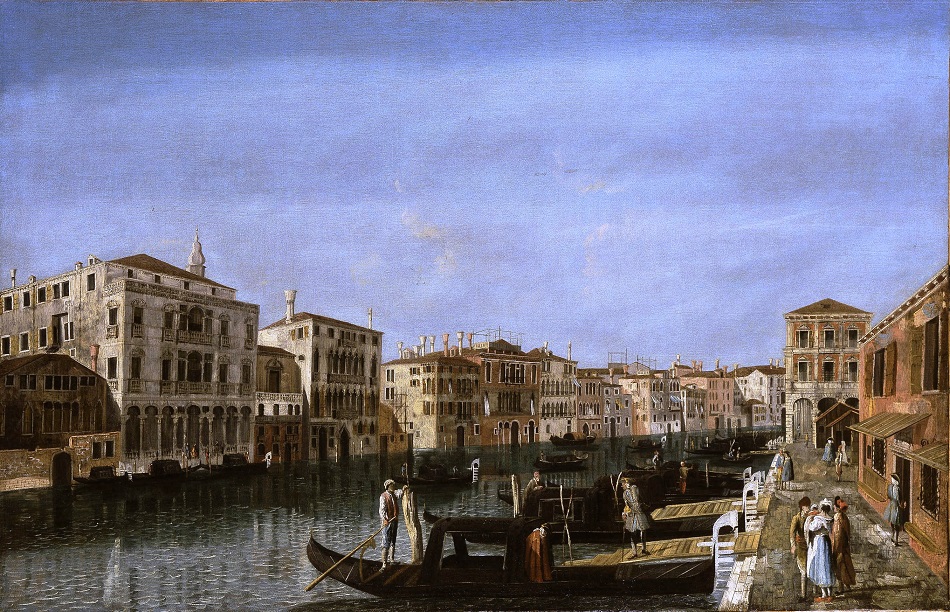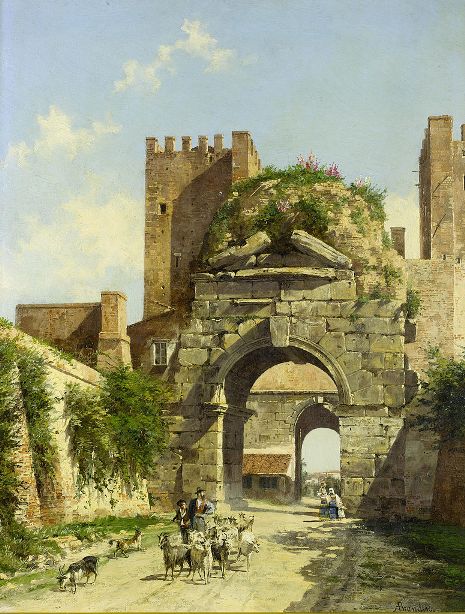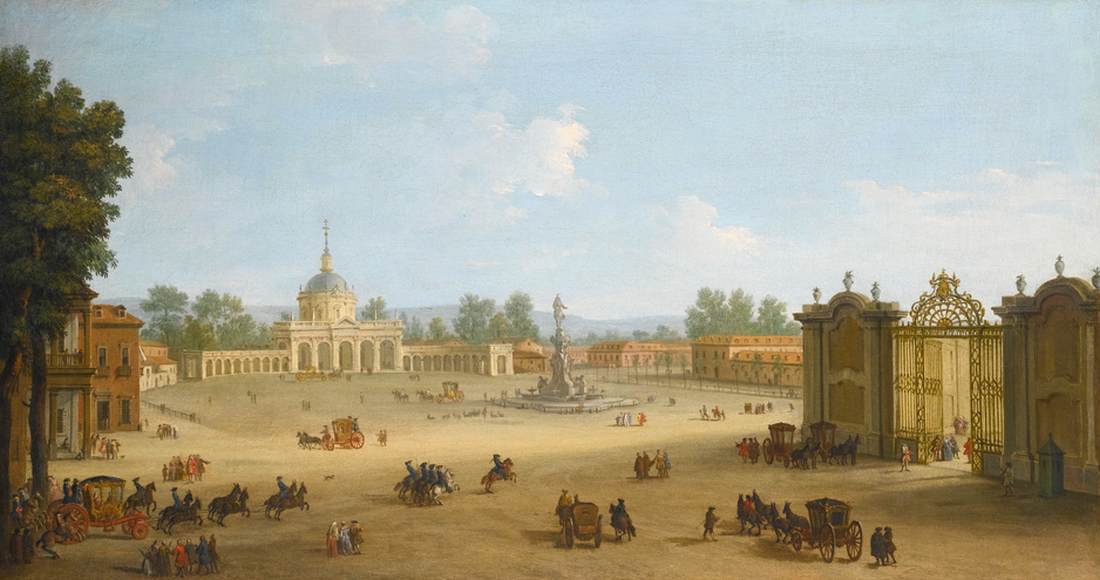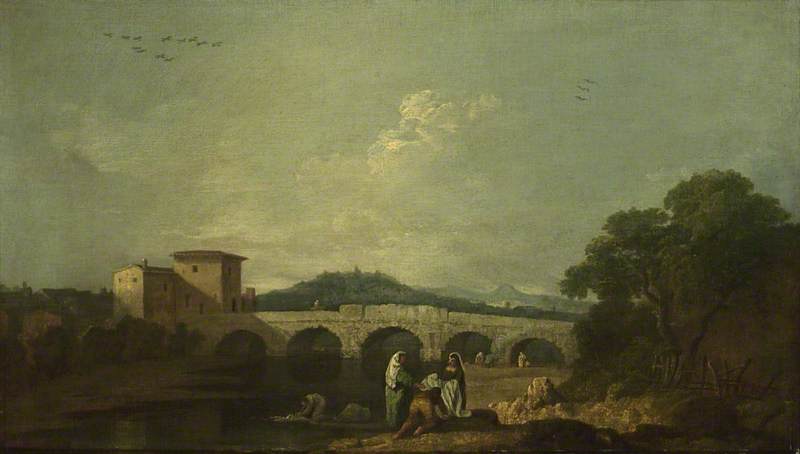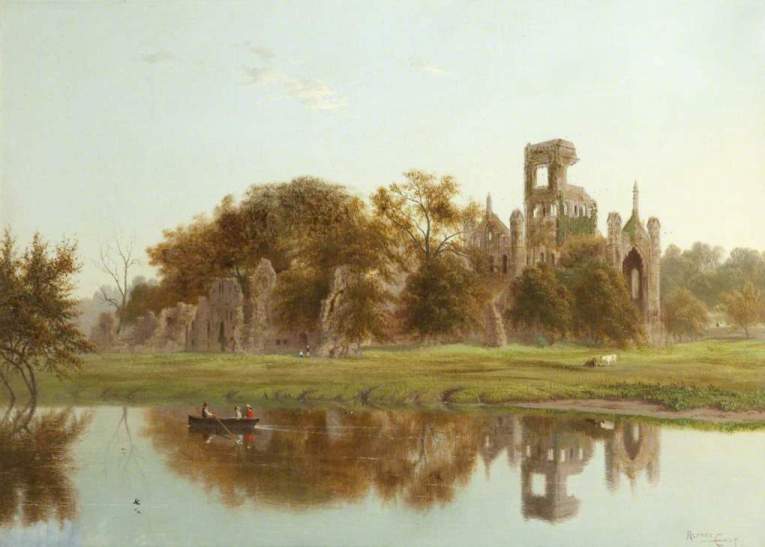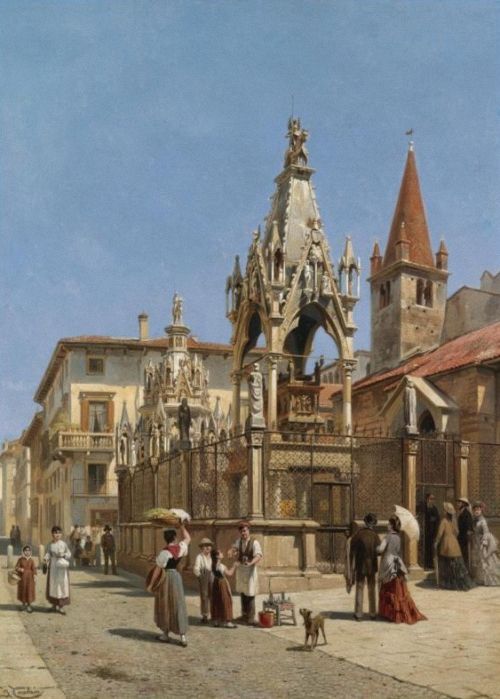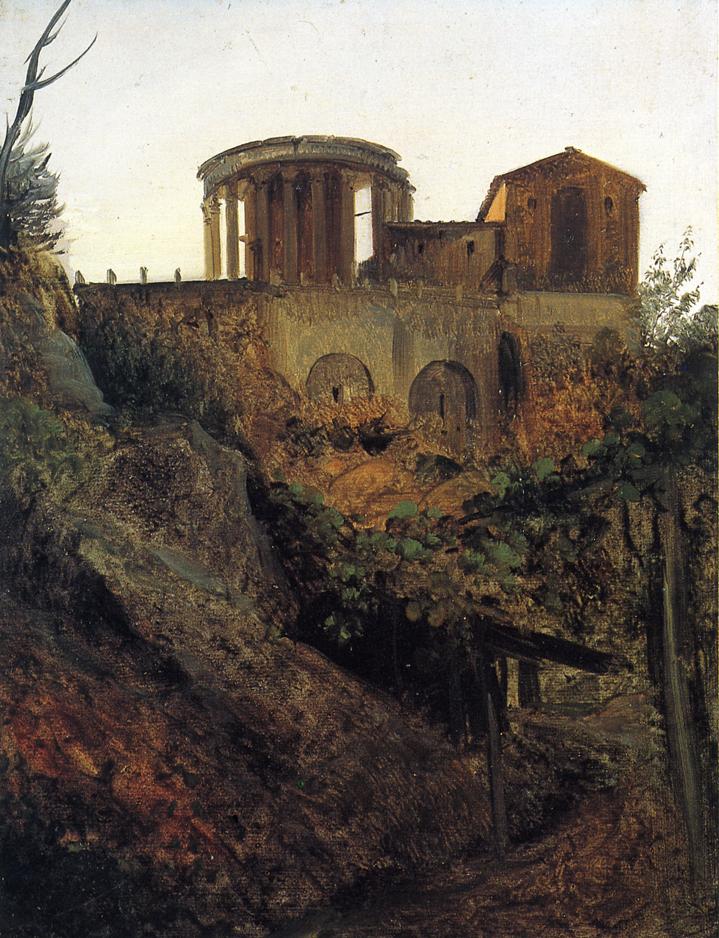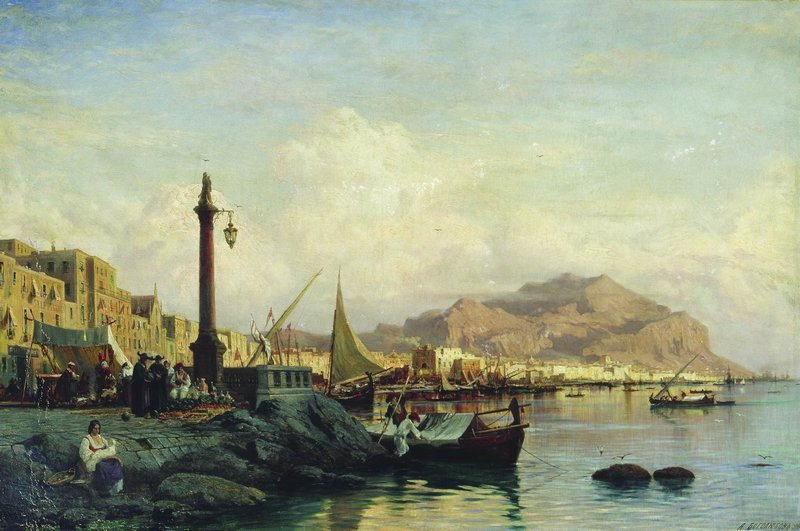Luca Carlevarijs (1663-1730) was among the first to paint realistic scenes in Venice, perhaps after being inspired on a trip to Rome where he saw others doing similar work.
The sites he painted are the major landmarks, but with fascinating detail in the citizenry that are included. He painted the life of Venice, not just the structures or grandeur. There remains a vitality of people living life as Venetians, and not a nostalgia tableau as some 19th and 20th C painters have rendered it.
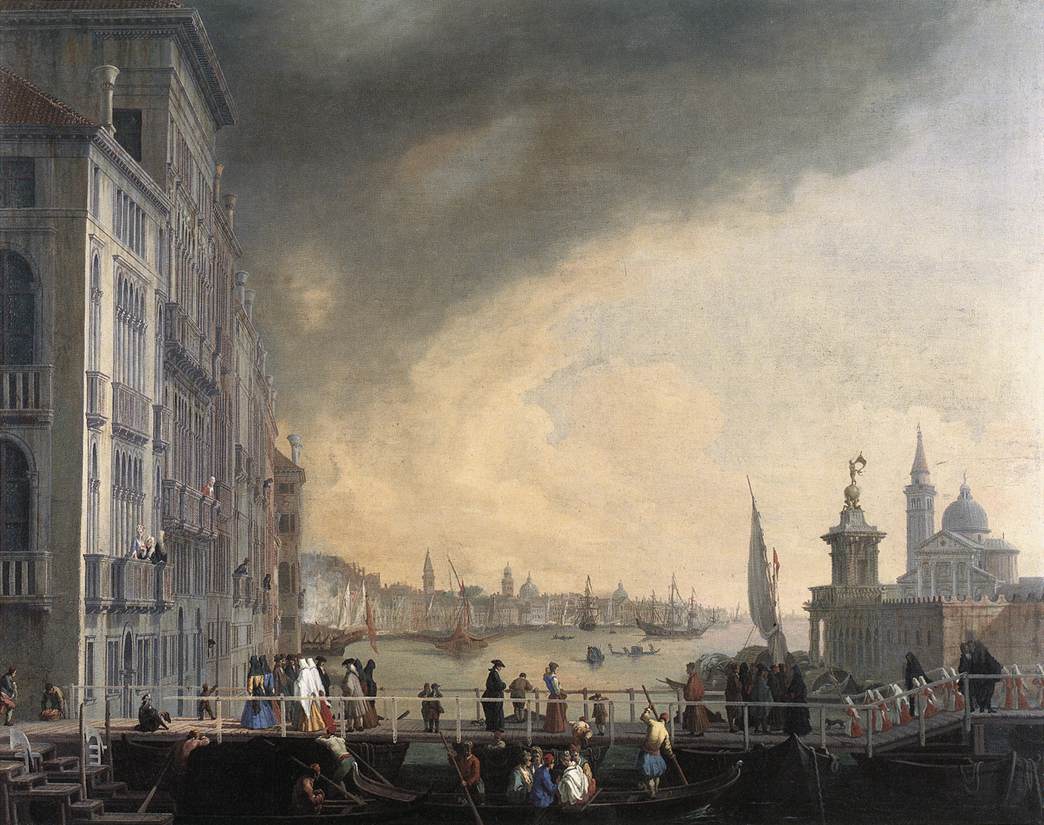 |
The Bridge for the Feast of the Madonna della Salute
by Luca Carlevarijs
|



